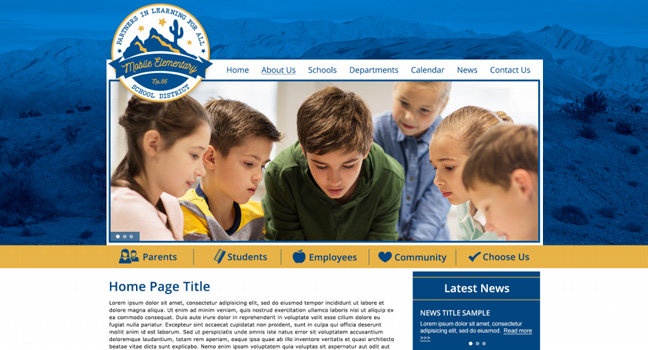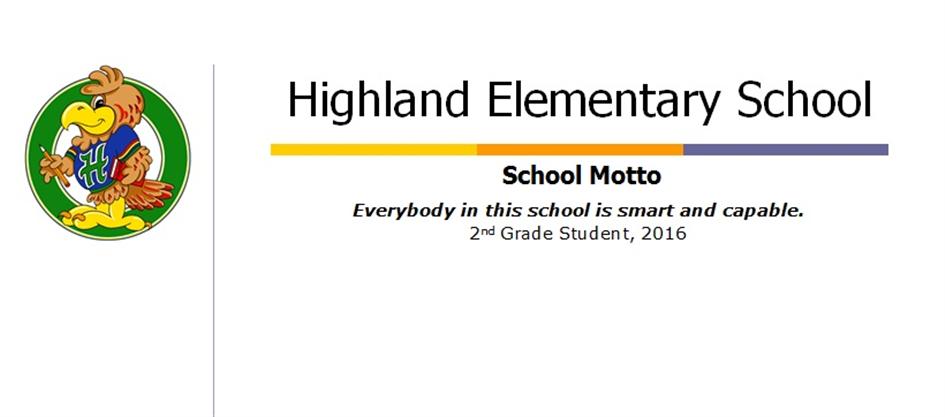
Elementary School website first steps
Building an elementary school website can be fun and easy can be with these three easy steps:
- Register a domain, aka URL, for your elementary school here.
- Purchase website hosting to upload files and pictures here.
- Follow the instructions detailed below:
The majority of schools have websites now, whether high schools, universities, or elementary schools. Many of these schools are looking to revamp their websites and make them more functional for the modern user. Many of these school website administrators are unsure where to start when it comes to knowing how to build a website for an elementary school, especially when it comes to knowing which content is essential to include. Building school websites may seem like a daunting task because several audiences and goals keep in mind. Not only must the website be of use to parents but also teachers and students. It is beneficial to have as much information as possible organized as efficiently as possible.
School Website goals
The first step to building a website for an elementary school is to consider your goals in creating the website. The website’s purpose is likely to provide information, but it may also serve as an interactive tool to bridge lapses in communication between parents, students, administrators, and teachers. Some schools use their websites to provide grades, share homework assignments, send notes, notify parents about attendance, or set up conferences with teachers. Since the website’s audience ranges from the school’s students to the parents and teachers of those students, it must be accessible for everybody to fulfill the set goals.
School Mission Statement
One of the first things to be included on a school website is the mission statement, typically written by the principal or other administrator. The statement should portray a significant school image to leave a proud and honest impression on visitors. Tell the site’s guests what the school has to offer. The parents of many potential students determine where they are moving based on the schools in an area. The school’s website should give an image that makes parents want to choose this school for their children.
There are benefits to including additional information besides what is necessary. Some schools choose to use their websites to publish student work such as papers, art projects, and videos. This gives the website a personal touch and shows that the school is proud of its students. The website might also include resources students can use to perform research for projects or students struggling with a certain subject matter.
School Calendar
A school website should include a calendar. It is common for parents to call in to inquire about which days students have off and when there are three-day weekends. A calendar that displays the days off for the entire year helps parents and will take a load off office staff and teachers who constantly answer these questions. The same information should be available regarding bell schedules and which days are for early dismissal. The lunch menu is another calendar to post on the elementary school’s website. These calendars should be displayed in a manner that is easy to read and clearly marks the days so that it is not confusing. It is also important that the calendars are kept up to date and are not forgotten about.
The elementary school website should include a method for getting in touch with the school and teachers. A form that parents can fill out is easy to implement and easy to use. Somebody can receive these messages and quickly respond or read feedback and pass on valuable information to those in authoritative positions. This demonstrates that the school is taking issues seriously, which will please parents and students.
Elementary School Website blog
Setting up a blog for an elementary school website is a great way to share news for the school and individual teachers alike. In this digital age, paper newsletters are not always necessary. Many schools are looking to conserve resources by printing news online rather than in print. The blog might include stories about school events, lists of upcoming events, and editorials written by students.
It is a popular choice for each department to have a web page. A library page may have resources for learning to read or fun literary-themed events for children. The food service department page may host the lunch menu each week in addition to nutritional information, for example. The school may also choose to list information about PTA or board meetings to increase attendance. When building a webpage for school, it is important to make these considerations in its design.

Elementary School Notification Services
It is a good idea for schools to begin implementing notification services. These services can be placed on websites and allow parents to be notified via email or text message about important school updates. Some schools offer text messages to alert parents that their students were absent or late to school. Safety alerts are often included in this notification service as well. If there is an emergency, parents will find out about it. These services may also be used for parents to learn their children’s grades in real-time.
The essential thing about learning how to build a website for an elementary school is to make it easy to read. Three columns are a great format to share information, with the middle column containing the most significant content. The side panels are excellent places to include links. It is also common for a menu on the top of the page to include links to different departments and resources. In designing the site’s aesthetics, it is common for the school colors to serve as the foundation of the site’s look. Don’t use graphics that are of little substance but do not use large text blocks without images either. The site should be easy to read and use for even the least tech-savvy parents.